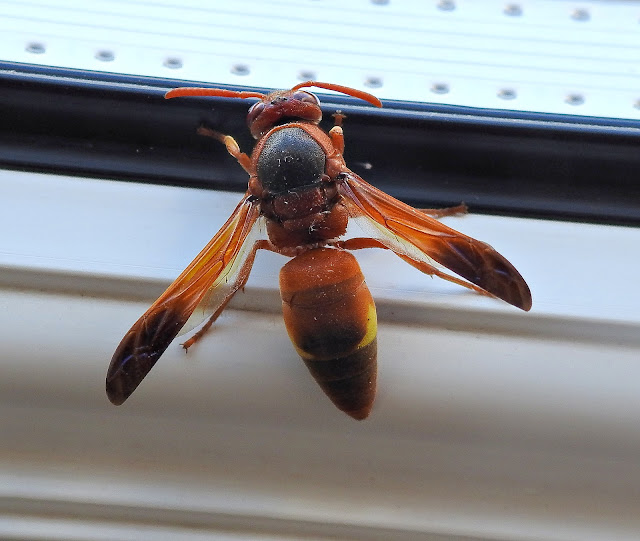Acanthus mollis, commonly known as bear's breeches, sea dock, bear's foot plant, sea holly, gator plant or oyster plant, is a species of plant in the family Acanthaceae and is native to the Mediterranean region. It is a leafy, clump-forming perennial herb, with a rosette of relatively large, lobed or toothed leaves, and purplish and white flowers on an erect spike.
Acanthus mollis is a leafy, clump-forming perennial herb with tuberous roots. It has a basal rosette of dark glossy green, lobed or divided, glabrous leaves 50 cm (20 in) long and 30 cm (12 in) wide on a petiole 20–30 cm (7.9–11.8 in) long. The flowers are borne on an erect spike up to 200 cm (79 in) tall emerging from the leaf rosette. The sepals are purplish and function as the upper and lower lips of the petals, the upper lip about 4 cm (1.6 in) long and the lower lip 3 cm (1.2 in) long. The petals are about 4–4.5 cm (1.6–1.8 in) long and form a tube with a ring of hairs where the stamens are attached. Flowering occurs in summer and the fruit is a sharply-pointed capsule about 2 cm (0.79 in) long containing one or two brown seeds about 14 mm (0.55 in) long and 8 mm (0.31 in) wide.
Acanthus mollis was first formally described in 1753 by Carl Linnaeus in his book Species Plantarum. The name of the genus derives from the Greek name of the plant ἄκανθος ákanthos; it was imitated in Corinthian capitals. This ἄκανθος ákanthos is related to ἄκανθα ákantha meaning "thorn" referring to the thorn-bearing sepals, or any thorny or prickly plant in Greek. The Latin name of the species, mollis meaning "soft, smooth", refers to the texture of the leaves.




%201.jpg)



%202.jpg)
%201.jpg)

%201.jpg)


%201.jpg)
%202.jpg)

%201.jpg)



%201.jpg)





%201.jpg)
%202.jpg)

%201.jpg)
%201.jpg)







%201.jpg)
%2010.jpg)
%2011.jpg)






